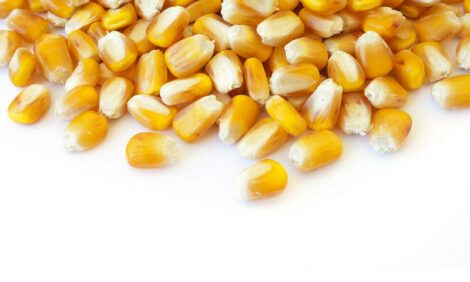



Identification of Post-mortem Indicators of Welfare of Finishing Pigs on the Day of Slaughter
The concentrations of lactate and glucose, together with creatine kinase activity, were found to be relevant indicators for the welfare of finishing pigs at the slaughterhouse, according to Danish researchers.In a paper in the journal, Livestock Science, Pia Brandt of the Danish Meat Research Institute and co-authors there and at Aarhus University report that they recorded welfare measurements inspired by the Welfare Quality® (2009) Protocol for slaughter pigs at the abattoir for a total of 80 pigs from four herds.
Their aim was to investigate the relationship between selected ante-mortem observations and post-mortem measurements with the aim of identifying potential welfare indicators for future documentation of welfare of finishing pigs at commercial abattoirs.
Behavioural and clinical observations were carried out at unloading, in the lairage and in the race to the stunning chamber in the abattoir. During lairage, behavioural recordings were performed by direct observation, whereas at unloading and prior to stunning recordings were performed using video surveillance.
Behavioural and handling measurements included: reluctance to move, turning back, slipping, falling and driving of the pigs at unloading, postures during lairage and slipping, falling and lifting by other pigs in the race to the stunning chamber. At sticking, a blood sample was collected for analysis of glucose, lactate and creatine kinase activity (CK), the blood and the m. longissimus dorsi (LD) temperature and the LD pH were measured, and skin damage were recorded.
PCA and PLSR analyses were performed to investigate the correlation structures between the ante- and post-mortem measurements.
The PCA plot indicated that the plasma concentration of glucose and lactate was correlated with lifting, falling and handling in the race to the stunning chamber, lactate was correlated with pH22, and CK was correlated with skin damage scores.
There was a significant relationship between log(CK) and skin damage score on the shoulder (P=0.0008).
In conclusion, Brandt and co-authors says their study indicates that the plasma concentration of lactate and glucose was correlated with the behaviour and handling in the race to the stunning chamber and might, together with creatine kinase activity, be relevant indicators of welfare of finishing pigs at the abattoir.
Reference
Brandt P., T. Rousing, M.S. Herskin, M.D. Aaslyng. 2013. Identification of post-mortem indicators of welfare of finishing pigs on the day of slaughter. Livestock Science, 157(2):535-544.
November 2013








